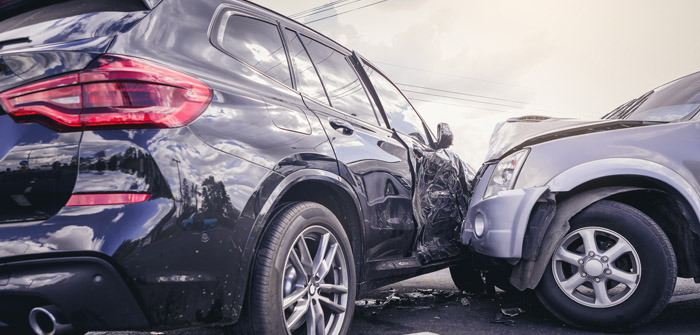Anyone can find themselves in the middle of an unfortunate accident. In such situations, most people are a bundle of nerves and are unable to proceed with caution and oversight. You have to quickly gather yourself, relocate the crash site to a safer location, record your personal account of the incident, and sort out a lot of important details.
To help you better conduct yourself, here are some steps you need to take after an accident to minimize your losses and ensure your safety.
1. Check For Injuries
When an accident happens, it’s normal to be in a state of shock, but the first thing you have to do is gather your senses – get out of your vehicle, take a few deep breaths, drink some water if it’s available. When you’re in a more stable state, find out if anyone’s been injured. If yes, then immediately call the police and an ambulance on the scene.
Even if it isn’t a severe accident, and everyone’s being really helpful, calling the police and getting an investigation started is still the best course of action. Doing so helps you record an official report for your insurance company.
2. Consider Acquiring The Services of A Car Accident Lawyer
If you’ve acquired financial or physical losses in a car accident, and you want to file a claim, you have two options: you can either represent yourself or hire a car accident lawyer.
However, a car accident attorney can help you secure the maximum possible payout for your damages from your insurance firm. They also have your best interests at heart, making sure that if the case goes to court, you’re provided with the best possible legal assistance and representation.
Furthermore, these attorneys recognize that there is a limited time frame after an accident in which you have to file a claim. Therefore, they make sure that you don’t lag behind and meet all the necessary deadlines.
3. Exchange Only Relevant Information
State laws only allow restricted information to be shared on the site of the accident. In most cases, you’re not supposed to provide more than your name or insurance information. You might think of working out further details, but it’s best to hold off on that.
Considering their harsh nature, accidents can corner people into acting in uncertain ways. As a general reminder, keep your interaction limited to the following information:
- Police report number
- Contact details of the drivers involved
- Witness contact information
- Name and insurance details
- Photos of the crash scene
- Police officer’s contact details
4. Determine What Insurance Coverage Will Apply
Depending on whose fault it was and the type of coverage, the insurance claim may or may not go in your favor. In the fortunate case, you were not at fault, this is how the coverage will cover your losses.
- The driver at fault will cover your repairs up to the policy limit of their Property Damage Liability
- Their Bodily Injury Liability coverage will pay for your medical bills, within its prescribed limit.
- They’ll also have to take care of your expenses and the expenses of anyone who was with you in your car.
If the other driver doesn’t have insurance or is short on coverage to pay for your losses, uninsured or underinsured motorist coverage will come into play. Uninsured motorist coverage is the law in 21 states and the District of Columbia.
On the other hand, the other driver’s losses will be accommodated in the following coverages:
- Collision coverage will cover the repairs up to the vehicle’s market value, minus a deductible. This coverage is optional if you’re not leasing or financing your car.
- MedPAy (Medical Payments Coverage) will work in conjunction with health insurance coverage to provide them with medical assistance.
5. File A Claim
If you were responsible for the accident, you might rush to pay in cash for the other driver’s losses. But, this might cost more than you’d want. Test crashes that happened at just 10mph velocity produced seemingly insignificant damage, but cost between $3,100 to $6000.
Even if you were not responsible for the crash, you might still need to use your own insurance before the guilt is established.
Here’s how you have to do this:
- File a claim with your insurance company and keep in mind that you will have to pay a deductible. Your insurer will then exchange notes with the other driver’s insurance firm, and if things go well, your deductible will be refunded.
- If you reside in a no-fault state, you and your passenger’s losses will be covered by your Personal Insurance Protection (PIP) However, you can still sue for injuries later.
- The other driver’s insurance company will verify whether it was their client who was at fault. After this, their adjuster will evaluate the damage. In some cases, you might have to estimate this cost yourself.
6. Look for lower car insurance rates
In some cases, depending on the gravity of the accident and your insurance company’s policies, your car insurance rates can skyrocket. Some insurance companies are lenient and offer accident forgiveness, which saves you from higher premiums, even when the accident is your fault. While others double their rates for the same accident. That’s why it’s necessary to shop for an insurance company that provides you the best insurance rates.
Takeaways
If you’ve experienced an unfortunate accident, there are several things you need to sort out. From calling law enforcement to filing an information claim, there’s a lot on your hands. While you might not be in the best state of mind to fish for this information when the accident happens, you can always save this guide on your smartphone to help you out.





